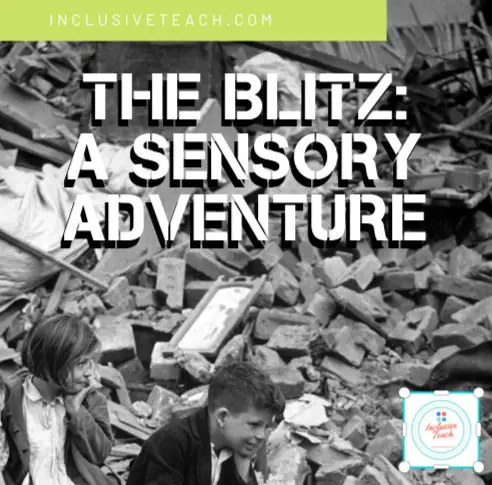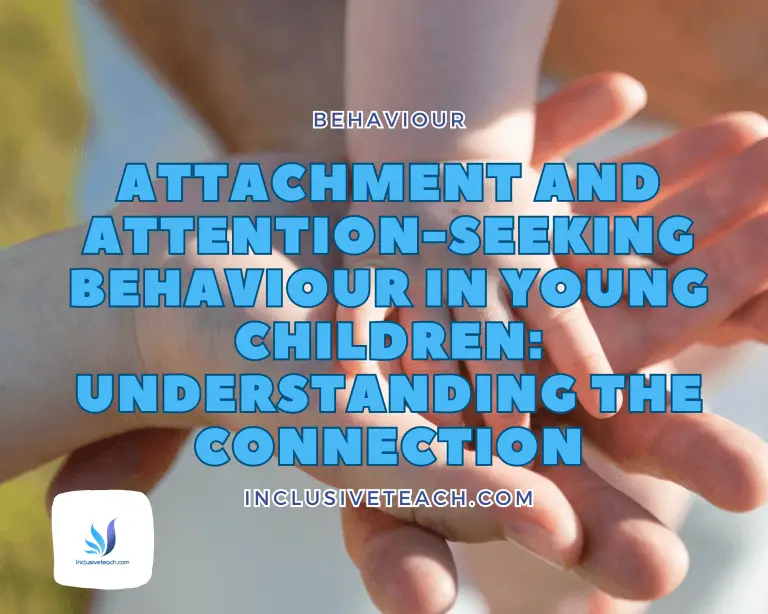Metacognition & Autism: Cognitive Load & Metacognitive Strategies
Metacognition, or the ability to think about one’s own thinking, holds immense potential in supporting Autistic individuals as they navigate the complexities of our education system. By understanding cognitive load theory and the role of metacognition in managing cognitive load, educators and therapists can harness the power of the EEF favourite – metacognitive strategies to help their pupils overcome learning challenges.
Cognitive Load Theory and Autism
Cognitive load theory, as proposed by John Sweller (1988), posits that working memory has a limited capacity, and learning is hindered when this capacity is overwhelmed. In the context of autism, cognitive overload may occur more frequently due to the inherent challenges, such as difficulties in social communication, sensory processing, and executive functioning (American Psychiatric Association, 2013). These challenges can lead to increased levels of intrinsic load, extraneous load, and a reduced ability to access germane load – linking learning with other knowledge in the long term memory (Sweller, Ayres, & Kalyuga, 2011).
Intrinsic load represents the inherent difficulty of a task (Sweller, 1994), extraneous load refers to unnecessary cognitive demands that do not contribute to learning (Sweller, 2010), and germane load pertains to the cognitive resources used to process and store new information (Sweller, 2005). For autistic children, managing cognitive load effectively is crucial for enhancing learning and overall cognitive functioning (Whyte, et al., 2016).
Six Stages of Metacognition and Autism
Metacognition provides a framework that can help individuals with autism manage cognitive load more effectively. The six stages of metacognition are (Tarricone, 2011):
- Activation: Engaging prior knowledge and identifying relevant information.
- Planning: Organising thoughts and creating a strategy for approaching a task.
- Monitoring: Assessing progress and evaluating the effectiveness of one’s strategy.
- Control: Adjusting one’s approach based on the monitoring process.
- Reflection: Reviewing the outcome and considering alternative strategies.
- Evaluation: Assessing the overall success of the task and determining areas for improvement.
These stages offer a structured approach to managing cognitive load, specifically by addressing intrinsic and germane load (Kalyuga, 2011).
Metacognitive Strategies for Autism
Several metacognitive strategies can be particularly helpful for autistic pupils:
- Self-questioning (King, 1992): Encouraging self-directed questions can help pupils identify key information and activate their prior knowledge.
- Visual organizers (Iovannone, Dunlap, Huber, & Kincaid, 2003): Using graphic organisers, visual schedules, or mind maps can help learners with autism plan and organise their thoughts, reducing extraneous load.
- Modeling (Scull & Wheldall, 2005): Demonstrating and explaining the thought process behind problem-solving or decision-making can help individuals with autism understand and adopt metacognitive strategies.
- Self-monitoring (Smith, et al., 2007): Teaching self-monitoring techniques, such as self-assessments and progress tracking, can help autistic pupils evaluate their progress and adjust their strategies as needed.
- Reflection and evaluation: Encouraging reflection on the effectiveness of their strategies and evaluating their outcomes can help individuals with autism develop a deeper understanding of their learning process and identify areas for improvement (Tarricone, 2011).
Conclusion
Metacognition offers a powerful means of supporting individuals with autism as they navigate the complexities of learning. By understanding cognitive load theory and implementing metacognitive strategies, educators and therapists can help individuals with autism manage cognitive load more effectively, ultimately enhancing learning and overall cognitive functioning. As metacognition becomes an integral part of their learning process, individuals with autism can build resilience, self-regulation, and a greater sense of autonomy in their learning.
References
American Psychiatric Association. (2013). Diagnostic and statistical manual of mental disorders (5th ed.). https://doi.org/10.1176/appi.books.9780890425596
Coyne, M. D., Little, M., & Rawlinson, D. (2012). Effectiveness of textbook reading instruction for secondary students with autism spectrum disorders. Focus on Autism and Other Developmental Disabilities, 27(1), 41-51. https://doi.org/10.1177/1088357611428194
Iovannone, R., Dunlap, G., Huber, H., & Kincaid, D. (2003). Effective educational practices for students with autism spectrum disorders. Focus on Autism and Other Developmental Disabilities, 18(3), 150-165. https://doi.org/10.1177/10883576030180030301
Kalyuga, S. (2011). Cognitive load theory: How many types of load does it really need? Educational Psychology Review, 23(1), 1-19. https://doi.org/10.1007/s10648-010-9150-7
King, A. (1992). Facilitating elaborative learning through guided student-generated questioning. Educational Psychologist, 27(1), 111-126. https://doi.org/10.1207/s15326985ep2701_8
Scorll, J. W., & Wheldall, K. (2005). Developing self-regulation in young children: Lessons and challenges for research and practice. International Journal of Disability, Development and Education, 52(1), 59-78. https://doi.org/10.1080/1034912042000259380
Smith, C. J., Hand, L., & Dowrick, P. W. (2007). Video feedforward for reading. Journal of Special Education Technology, 22(2), 31-44. https://doi.org/10.1177/016264340702200203
Sweller, J. (1988). Cognitive load during problem solving: Effects on learning. Cognitive science, 12(2), 257-285. https://doi.org/10.1207/s15516709cog1202_4
Sweller, J. (1994). Cognitive load theory, learning difficulty, and instructional design. Learning and instruction, 4(4), 295-312. https://doi.org/10.1016/0959-4752(94)90003-5
Sweller, J. (2005). Implications of cognitive load theory for multimedia learning. In R. E. Mayer (Ed.), The Cambridge handbook of multimedia learning (pp. 19-30). Cambridge University Press. https://doi.org/10.1017/CBO9780511816819.003
Sweller, J. (2010). Element interactivity and intrinsic, extraneous, and germane cognitive load. Educational psychology review, 22(2), 123-138. https://doi.org/10.1007/s10648-010-9128-5
Sweller, J., Ayres, P., & Kalyuga, S. (2011). Measuring cognitive load. In Cognitive load theory (pp. 71-85). Springer, New York, NY. https://doi.org/10.1007/978-1-4419-8126-4_5
Tarricone, P. (2011). The taxonomy of metacognition. Psychology Press.
Whyte, E. M., Behrmann, M., Molloy, C. A., & Wilson, S. J. (2016). Cognitive theory of autism: The role of impaired metacognition and computational context in explaining autistic symptoms. Research in Autism Spectrum Disorders, 31, 61-71. https://doi.org/10.1016/j.rasd.2016.07.001







2 Comments